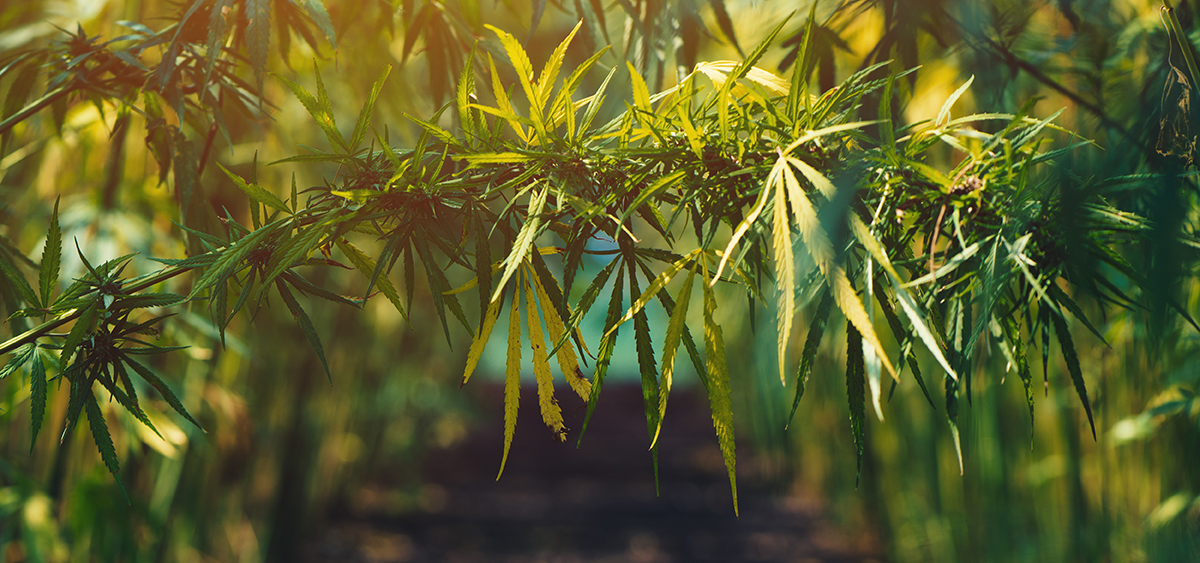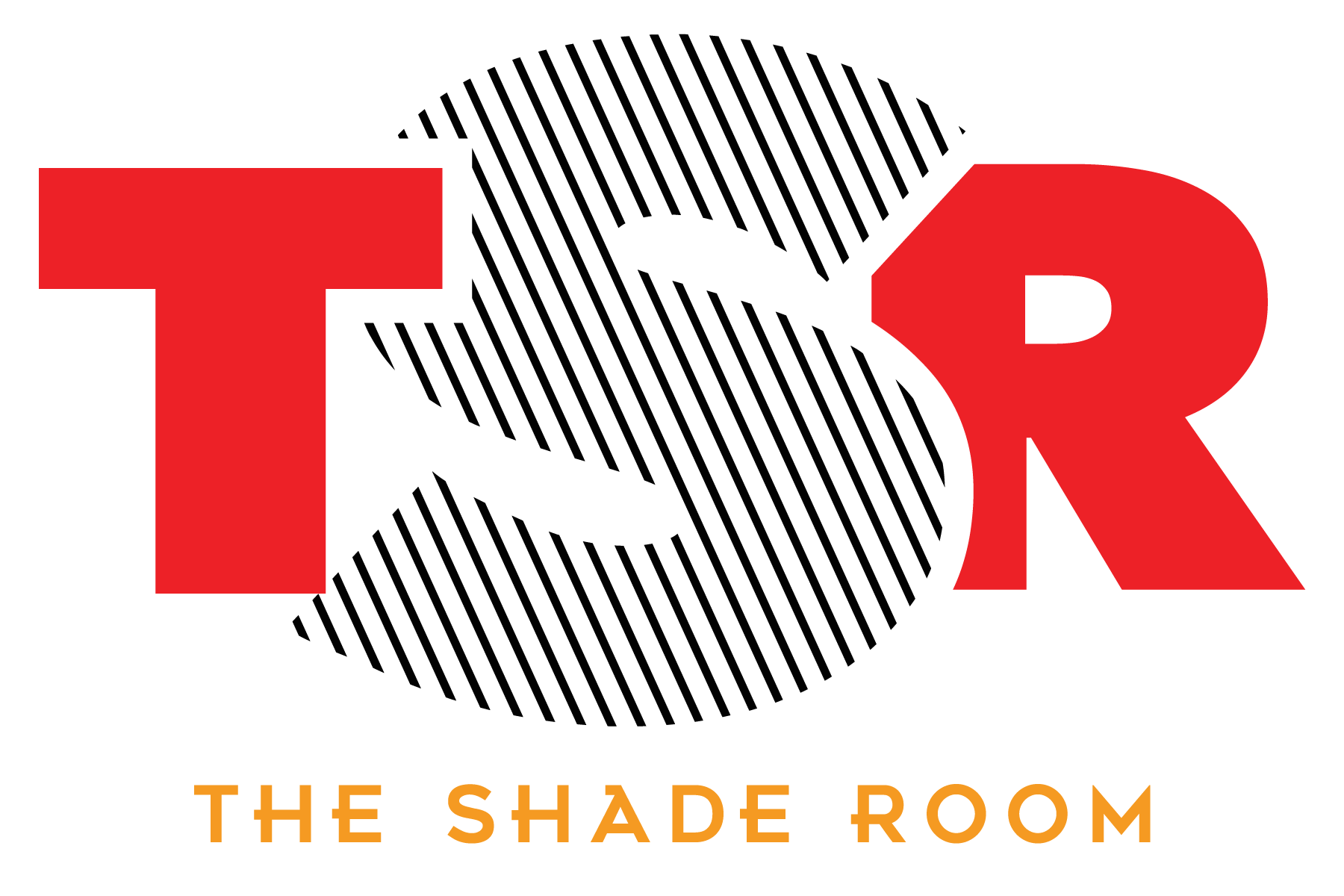Dallas, Texas-based Panda Biotech is planning to build the largest industrial hemp processing facility in the U.S. in Shallowater, KCBD reports. The “Panda High Plains Hemp Gin” would be used to separate hemp fiber and cellulose from the stalk and the company expects the facility will process 130,000 tons of industrial hemp annually.
Panda Biotech, a subsidiary of Panda Energy, was formed following the passage of federal legislation legalizing hemp nationwide.
According to the report, the company has already secured the rights to purchase a 255,000 square foot facility for the project. The gins are based on smaller versions that have been used for hemp processing throughout Asia and Europe for decades.
Shallowater Mayor Royking Potter said the technology will “greatly benefit the agricultural industry and the producers in the West Texas region.”
“The City of Shallowater is excited to promote the cutting-edge industrial hemp processing facility Panda Biotech is bringing to our community,” he said in a statement to KCBD. “The Panda High Plains Hemp Gin will not only generate new revenue with minimal effects on infrastructure, but it will also create new jobs in our community.”
Scott Evans, executive vice president of Panda Biotech, called the planned facility “a game changer for both agriculture and industry for generations to come,” adding that the company only plans to process stalks that are harvested before they are able to produce CBD.
“Hemp fiber and cellulose will help manufacturers meet the needs of today’s eco-conscious consumers who increasingly require environmentally friendly products and services. … We have concluded that the processing of hemp stalk for industrial uses will be the next multi-billion-dollar business in the United States,” – Evans, to CBSDFW
Panda estimates that the U.S. hemp market is estimated to reach $32 billion by 2022, noting that the industry’s estimated 2019 profits are $4.6 billion.
Medical Disclaimer:
The information provided in these blog posts is intended for general informational and educational purposes only. It is not a substitute for professional medical advice, diagnosis, or treatment. Always seek the advice of your physician or other qualified healthcare provider with any questions you may have regarding a medical condition. The use of any information provided in these blog posts is solely at your own risk. The authors and the website do not recommend or endorse any specific products, treatments, or procedures mentioned. Reliance on any information in these blog posts is solely at your own discretion.






